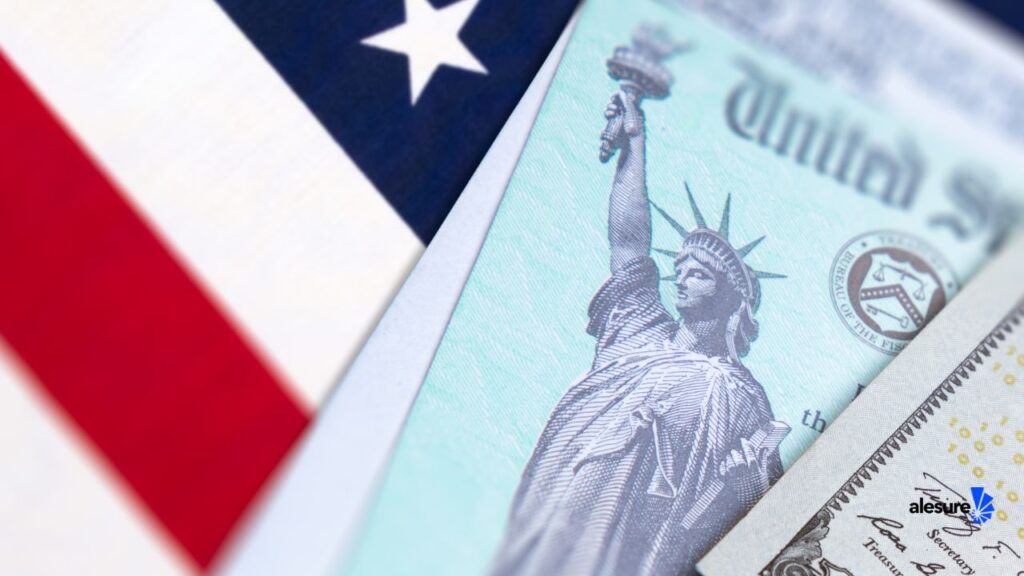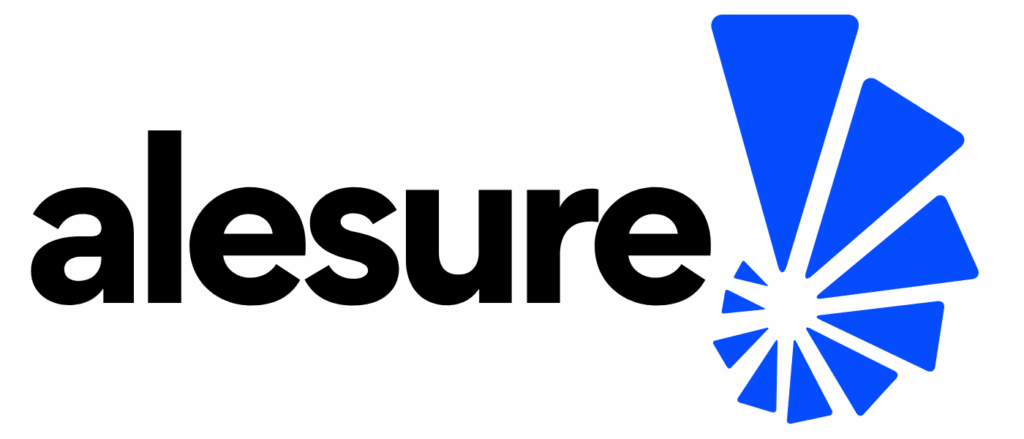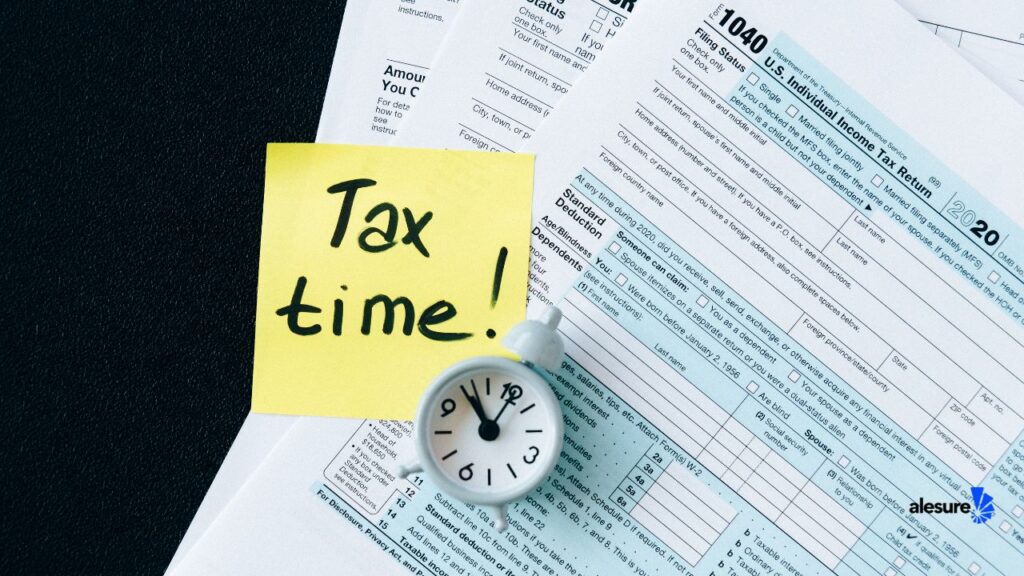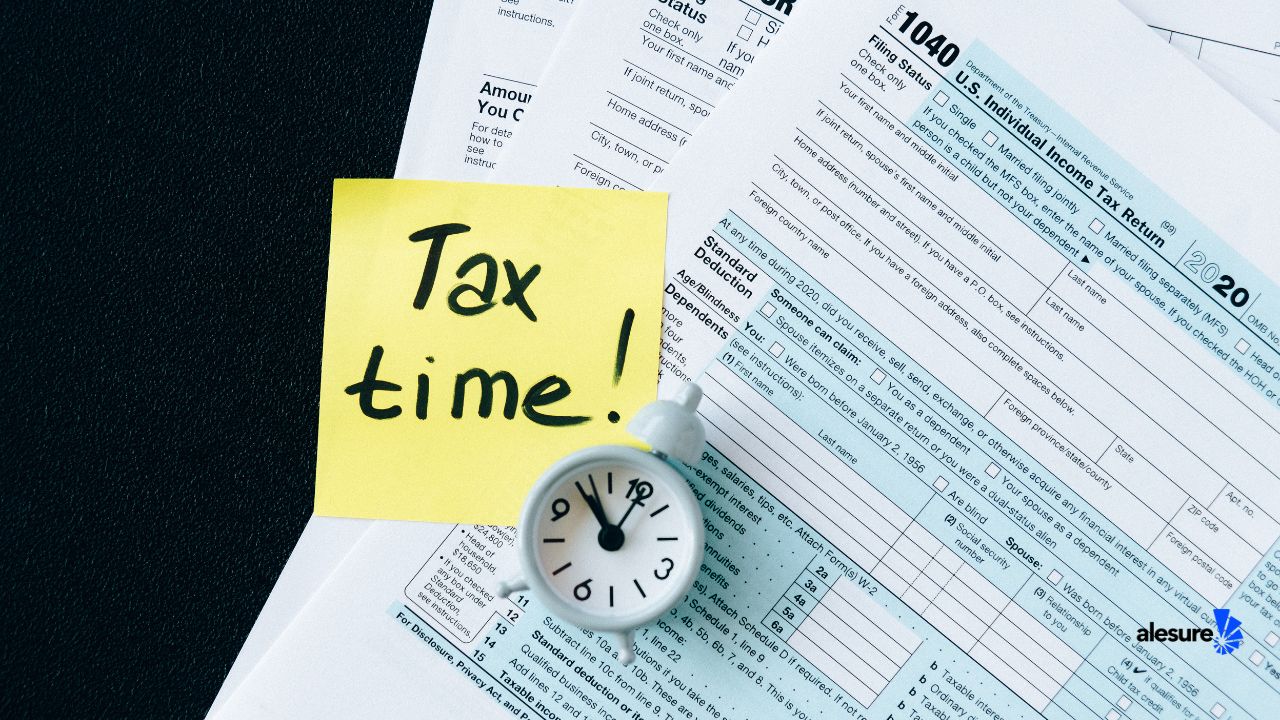If you owe back taxes, you’ve probably seen ads or read stories about the IRS Fresh Start Program. Some make it sound like a golden ticket that wipes away all tax debt instantly. But is that really the case?
The truth is more nuanced. While the Fresh Start Program can provide powerful relief options, it doesn’t work like a one-click “erase your debt” button. Instead, it offers structured solutions to help struggling taxpayers reduce penalties, qualify for settlements, or set up manageable payment plans.

In this article, we’ll break down exactly what the IRS Fresh Start Program is, how it works, and what it can and cannot do for your tax debt.
What Is the IRS Fresh Start Program?
The IRS Fresh Start Program was introduced in 2011 during the aftermath of the Great Recession. Its purpose was to give taxpayers more flexible ways to resolve back taxes without facing aggressive collection actions like wage garnishments, bank levies, or tax liens.
It’s not a single program but rather a collection of expanded tax relief options, including:
- Offer in Compromise (OIC): A potential settlement where the IRS agrees to accept less than the full amount owed if paying in full would create financial hardship.
- Installment Agreements: Flexible monthly payment plans with higher qualifying thresholds than before.
- Penalty Relief: Reduction or removal of certain penalties for taxpayers who meet specific conditions.
- Lien Withdrawal: Easier pathways to have a federal tax lien released once payment arrangements are in place.
Can It Really Erase Your Tax Debt?
The phrase “erase your tax debt” is misleading. Here’s the reality:
- In some cases, yes, taxpayers who qualify for an Offer in Compromise may settle their debt for a fraction of the original balance.
- In most cases, no, your debt will not disappear entirely. Instead, the Fresh Start Program helps you restructure, reduce, or manage the debt in ways that make repayment possible.
For example:
- A taxpayer who owes $50,000 but can only realistically afford $12,000 may qualify for an OIC settlement.
- Another taxpayer may not qualify for a settlement but could enter a streamlined payment plan to spread the debt over several years without crushing financial strain.
Key Benefits of the Fresh Start Program
- Higher Debt Thresholds: Before Fresh Start, IRS installment agreements had stricter caps. Now taxpayers with up to $50,000 in debt can qualify for streamlined plans.
- Faster Lien Removal: Taxpayers who enter direct debit installment agreements may request lien withdrawal after demonstrating compliance.
- Penalty Relief Options: First-time penalty abatement and other relief programs can reduce additional charges.
- Greater OIC Access: More taxpayers can qualify for settlements based on updated financial hardship standards.
Who Qualifies for the IRS Fresh Start Program?
Qualification depends on your financial situation, income, expenses, and assets. Generally, you must:
- File all required tax returns.
- Be current with estimated tax payments (if self-employed) or withholding (if employed).
- Demonstrate inability to pay the full debt without significant financial hardship.
How to Apply
You can apply for Fresh Start relief directly through the IRS website or by submitting forms:
- Form 9465 for installment agreements.
- Form 656 for an Offer in Compromise.
- Form 843 for penalty abatement requests.
For complex cases, consulting a tax professional or attorney may be worth the investment.
Final Verdict: A Lifeline, Not a Magic Eraser
The IRS Fresh Start Program is a lifeline for taxpayers struggling under the weight of unpaid taxes. It can reduce debt through settlements, spread payments over time, or eliminate costly penalties. However, it does not magically erase all tax obligations. Instead, it gives you structured opportunities to resolve your debt in a manageable way.
If you’re burdened by IRS debt, exploring the Fresh Start Program could be your first step toward financial relief—and peace of mind.




